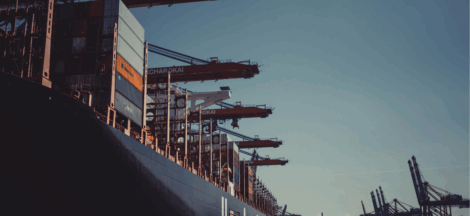MUMBAI: At a time when global uncertainties are looming large, India’s financial system remains resilient and well capitalised, the Reserve Bank of India’s (RBI) latest Financial Stability Report (FSR) on Monday.
The report highlighted that the country’s scheduled commercial banks (SCBs) have significantly improved their asset quality, with gross non-performing assets (GNPA) hovering near multi-decade lows. It also noted that even under severe stress test conditions, the capital adequacy ratios of banks would stay comfortably above minimum requirements, a strong signal of the sector’s preparedness to absorb economic shocks.
RBI Governor Sanjay Malhotra said, “Results of stress tests reaffirm the strength of the banking and non-banking sectors with capital levels projected to remain well above the regulatory minimum even under adverse shock scenarios. The healthy balance sheets of corporates, banks and non-bank financial companies (NBFCs) augur well for the economy.”
However, Malhotra also emphasised that there are many structural shifts reshaping the global economy, including growing fragmentation in trade, rapid technological disruption, ongoing climate change and protracted geopolitical hostilities.
“They make economic forecasts difficult and policy interventions challenging. Therefore, even as they navigate through the fog of uncertainty, it is imperative for central banks and financial sector regulators to remain vigilant, prudent and agile in safeguarding their economies and financial systems,” he added.
The tests project capital ratios of banks under three scenarios – a baseline and two adverse macro scenarios over a two-year horizon, incorporating credit risk, market risk and interest rate risk in the banking book in the framework.
While the aggregate gross non-performing asset (NPA) ratio of banks may marginally increase from 2.3% in March 2025 to 2.5% in March 2027 under the baseline scenario, things may change if the geopolitical environment becomes more volatile.
In the first adverse case scenario, the gross NPA ratio may inch up to 5.6%, and if the global growth slows down (second adverse case), it may climb to 5.3%, the report said.
The capital adequacy ratio (CRAR) of scheduled commercial banks may dip to 17% by March 2027 from 17.2% in March in the baseline scenario, the report said. In adverse case 1, the CRAR may fall to 14.2% and in adverse case 2, it may come down to 14.6%. The report said that none of the banks would fall short of the minimum regulatory requirement of 9% even in adverse scenarios.
The common equity tier-1 capital ratio may inch up to 15.2% over the next two years, from 14.6% as in March in the baseline scenario. However, under adverse conditions, it may fall to 12.5% in case 1 and 12.9% in case 2, the report said. None of the banks would fall short of the minimum regulatory requirement of 5.5%.
In the case of non-banking financial companies, the system gross NPA level may rise from 2.9% in March to 3.3% in March 2026, the report said. Consequently, their aggregate CRAR may dip to 21.4% in March 2026 from 23.4% in March.
Under the baseline scenario, 10 NBFCs having a share of 2.1% of total advances of all NBFCs may breach the regulatory minimum capital requirement of 15%.
“Under the medium and severe risk scenarios, income loss and additional provision requirements may further reduce the CRAR compared to the baseline by additional 80 bps and 100 bps, respectively,” the report noted. The report also said that under the high-risk scenario, 15 NBFCs in the middle layer, which form 3.7% of total advances of all NBFCs, may not be able to meet the regulatory minimum CRAR.
The governor said the financial stability, like price stability, is a necessary condition, and not a sufficient one to boost India’s potential growth. “As custodians of financial stability, we must endeavour to develop a well-functioning financial system that not only promotes macroeconomic stability but also provides financial services efficiently.”
Source: The Financial Express




 ‘New Middle East’ Under Israel Control Is Netanyahu’s Real Goal In The Region
‘New Middle East’ Under Israel Control Is Netanyahu’s Real Goal In The Region 